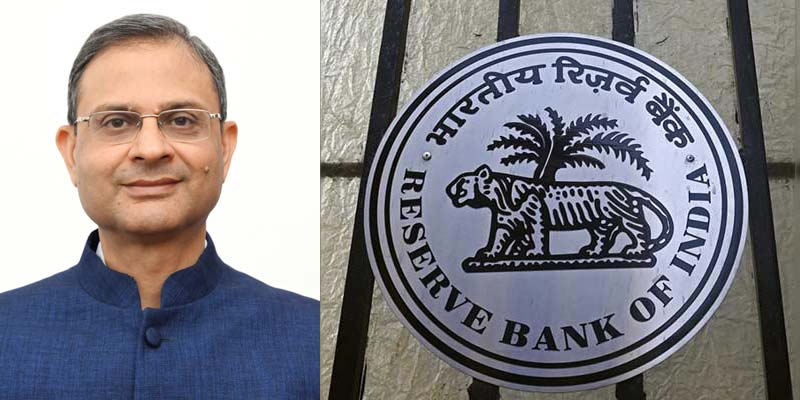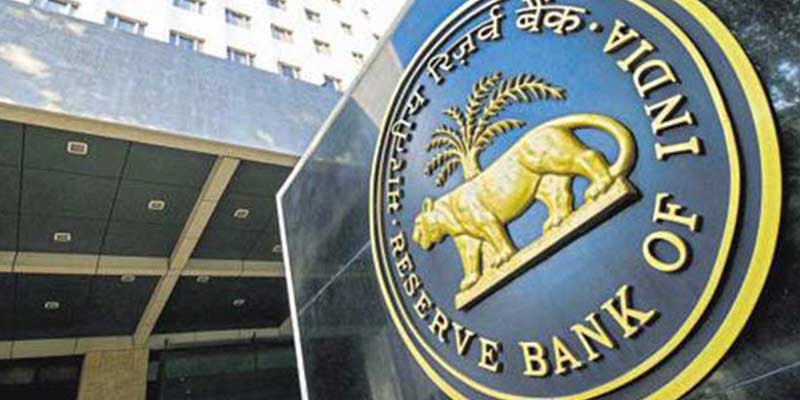- India
- Mar 12
RBI to issue Rs 100 and Rs 200 notes bearing signature of Governor Sanjay Malhotra
• The Reserve Bank of India said it will shortly issue banknotes of Rs 100 and Rs 200 denominations bearing the signature of Governor Sanjay Malhotra.
• The design of these notes is similar in all respects to Rs 100 and Rs 200 banknotes in Mahatma Gandhi (New) Series.
• All banknotes in the denomination of Rs 100 and Rs 200 issued by the Reserve Bank in the past will continue to be legal tender.
• Malhotra took over as RBI Governor in December 2024 replacing Shaktikanta Das who demitted office after completion of his extended term.
RBI’s role in issuance of currency and its management
• RBI plays a unique role in the matter of monetary policy and issuance of currency.
• The RBI Act has been enacted to regulate the issue of bank notes and generally to operate the currency and credit system of the country.
• Section 3 of the RBI Act provides that the RBI has been constituted for the purposes of taking over the management of the currency from the central government and carrying on the business of banking in accordance with the provisions of the RBI Act.
• Section 22(1) of the RBI Act provides that the RBI shall have the sole right to issue bank notes in India.
• The Indian currency is called the Indian Rupee (INR). The symbol of the Indian Rupee is ₹. The design resembles both the Devanagari letter ‘₹’ (ra) and the Latin capital letter ‘R’, with a double horizontal line at the top.
Currency management
• The banknote printing started in India in 1928 with the establishment of India Security Press in Nashik. Until the commissioning of the Nashik press, the currency notes were printed from Thomas De La Rue Giori of the United Kingdom.
• The second banknote printing press was established in Dewas (Madhya Pradesh) in 1975.
• With the growth in population and economic activity, the demand for banknotes has been steadily increasing. To bridge the demand and supply gap, the government decided to establish two banknote printing presses, one at Mysuru and the other at Salboni (West Bengal).
• The Reserve Bank has the sole authority to issue banknotes in India. The Reserve Bank, like other central banks the world over, changes the design of banknotes from time to time.
• Currency in Circulation (CiC) includes banknotes and coins.
• The Department of Currency Management has the responsibility of administering the functions of currency management, a core function of the Reserve Bank in terms of the Reserve Bank of India Act, 1934.
• Currency management essentially relates to issue of notes and coins and retrieval of unfit notes from circulation.
• This work is performed through 18 issue offices of the Reserve Bank and a wide network of currency chests, repositories and small coin depots managed by banks and government treasuries.
• The Department receives notes from four currency note printing presses.
Printing of notes
• Banknotes are printed at four currency presses, two of which are owned by the government through Security Printing and Minting Corporation of India Ltd. (SPMCIL) and two are owned by the Reserve Bank, through its wholly owned subsidiary Bharatiya Reserve Bank Note Mudran Private Ltd. (BRBNMPL).
• The currency presses of SPMCIL are Bank Note Press (BNP) in Dewas and Currency Note Press (CNP) in Nashik.
• The two presses of BRBNMPL are at Mysuru and Salboni.
• Coins are minted in four mints owned by the government. The mints are located at Mumbai, Hyderabad, Calcutta and Noida.
• The coins are issued for circulation only through the Reserve Bank in terms of Section 38 of the RBI Act.
Manorama Yearbook app is now available on Google Play Store and iOS App Store


